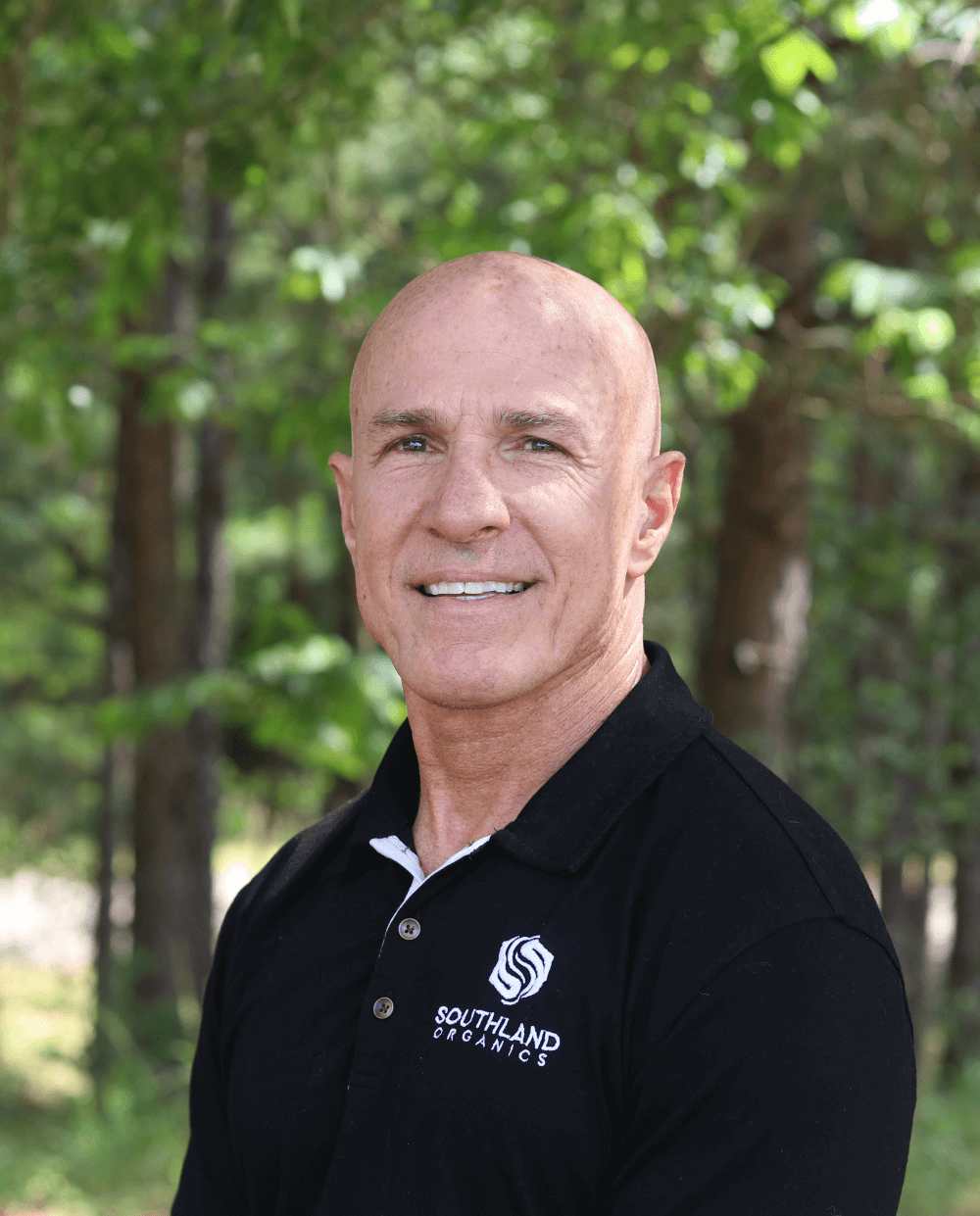If you give your birds high-quality water, but they drink it through dirty lines, then what’s the use? Of course, it’s still important to get your water checked for the proper pH level, minerals, bacteria—all of those kinds of things. But you also have to remember to clean the water lines, also known as drinker lines. When should you clean them? What product should you use? What is the proper line cleaning process? And why do we clean water lines in the first place?
When to Clean Water Lines
The best time to clean water lines is between flocks. You can do a stronger cleaning when birds aren't in the poultry houses.
Note: We’re not explaining any earth-shattering stuff here. We know that tasks like cleaning water lines are tasks that you already do regularly. Our hope is that maybe you’ll pick up a helpful tip or two!
Water Line Cleaning Products
Many growers use one of two common cleaning products to clean their water lines: chlorine or peroxide.
Chlorine
With chlorine, the pH must be below seven for it to be an effective disinfectant. If the pH is above seven, the chlorine won’t hold the cleaning ability to disinfect the lines.
Peroxide
Peroxide is probably the more popular choice of the two cleaning products. In addition to disinfecting, it has the unique ability to break up scale buildup in the line as well.
Now, it'd be a whole lot easier if you could just run a 500-foot pipe cleaner through the lines. But unfortunately, that’s not the case, so peroxide is one of the best ways to clean them. There are several different forms of peroxide, including peracetic acid (PAA), which is basically peroxide and acetic acid. If you've ever been around PAA, it smells like vinegar because acetic acid is what gives vinegar its notorious smell. It's kind of a combination, but don't try to mix it yourself. When you start mixing chemicals, bad things can happen. The acetic acid helps the peroxide stay more stable, making it effective for longer in the water line.
Read the Label!
With any product, reading the label is the most important step. If the product says to leave it for X amount of time, you need to stick to that.
Sometimes, I hear growers say they have their own way of doing things. But if the label says to let the product sit for 24 hours and you don't let it sit for 24 hours, then it's not going to do its job. Likewise, if you’re only supposed to let the product sit for six hours and you let it sit for 24, then you're probably going to start damaging the equipment. Then, you’ll likely have to deal with replacing some O-rings or other parts on top of the product not working.
Always check the label for instructions on when to use the product because some products can be used with birds in the house, and other products should only be used between flocks.
Process
-
Flush in Product: The first step is to flush in the product. Whatever product you decide to use, flush it in the line.
-
Follow Label Instructions: Read the label and follow the directions on the length of time to let the product sit in the line.
-
Flush Product Out: Once the product sits, it's time to flush it out of the line. You may have a bucket at the end, a flush hose that runs it out of there or use another method for flushing it out. However you do it, just get it all out of the line.
Once the line is flushed, it doesn't always mean that everything is out of it. Sometimes, organic material or scale buildup can drop down into a nipple. And you know as well as I do, it doesn’t don't take much to clog a nipple and prevent it from triggering. So, once you flush the line, run good water through and trigger those nipples. There are several ways to do this, and we discuss one way in our recent Tips and Tricks video: putting a paint roller at the end of a stick. In the video, we talk about it in the case of getting water ready and dripping from the line so that birds will migrate. But, in this situation, just a bit of trigger can help get the organic material or scale buildup out of the nipple.
Dosing
Sometimes, label instructions recommend 2% or 3% dosing, but the medicator bucket may not dose in at that point. In this instance, you may have to get a quick blend or an injector that'll shoot it at a greater dose than 1:128, since 1:128 isn’t 2% or 3%. Find what it's going to take to get the right dose into your line or it won’t be effective.
Winter Cleaning
If you're cleaning the lines with birds in the house, be careful flushing cool water in the lines during the winter. On a summer day, cool water may be nice for baby chicks, but on a winter day, baby chicks are trying to stay warm and cool water is going to bring their body temperature down even more.
The Why Behind Cleaning Water Lines

Unlike mowing the grass and getting the immediate satisfaction of a nicely mowed lawn, you don’t normally see an immediate, visible benefit with maintenance tasks like cleaning water lines. Maintenance is done to prevent something bad from happening down the road. In the case of cleaning water lines, bacteria is the “bad thing” we’re trying to prevent.
Bacteria
Bacteria is everywhere. But when bacteria gets in water, it starts sticking to things, catching microscopic organic material and creating a harmful biofilm.
Since the house is kept warm for the birds, it’s the ideal warm, wet environment for the bad bacteria to grow. No matter how much you try, water lines are going to harbor bad bacteria, so the more you can keep it moving, the better. Let that motivate you to stick to a water line maintenance schedule, regularly flushing out the lines with a cleaner or probiotic, to prevent bad bacteria from running rampant through the lines.
Contact Us
If you have any questions or ideas for future videos, reach out to me at allen@southlandorganics.com or 800-608-3755. For more Poultry Biosecurity tips, subscribe to our YouTube channel!






